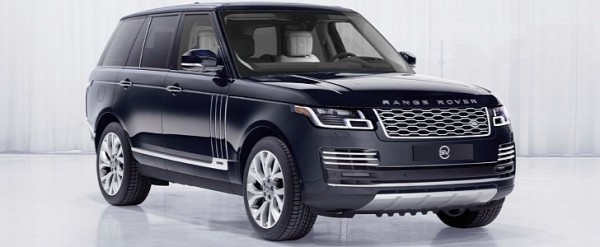
Back in February 2019, the company headed by Richard Branson reached space again. But this time around, the spacecraft had passengers on board for the first time since the inaugural spaceflight from December 2018. Three people were taken to the edge of space as opposed to the previous outing with two pilots.
The Unity is capable of holding up to six passengers plus two pilots, and Virgin Galactic has more than 600 would-be passengers signed up at $250,000 a pop. The test flight from February 2019 reached an altitude of nearly 90 kilometers. Unity also carried NASA payloads on that mission, which goes to show that space has the potential to become a huge business in the not-so-distant future.
“We could not be more excited to be able to offer this unique vehicle to our wonderful, global community of pioneering Future Astronaut customers,” said Stephen Attenborough about the Range Rover. The chief design officer of Land Rover agrees with the commercial officer of Virgin Galactic, adding that “this vehicle really will take them above and beyond.”
What Gerry McGovern forgets to mention is that the full-size Range Rover is more or less obsolete. Land Rover is already working on a replacement based on the Modular Longitudinal Architecture, and last time we’ve heard, the newcomer will arrive in 2021.
The MLA allows everything from mild-hybrid assistance to complete electrification, but chances are an all-electric Range Rover isn’t viable with today’s technologies. Even the Model X struggles with range because of the curb weight, and the Range Rover would be heavier than the Tesla if Land Rover were to offer an electric option.








